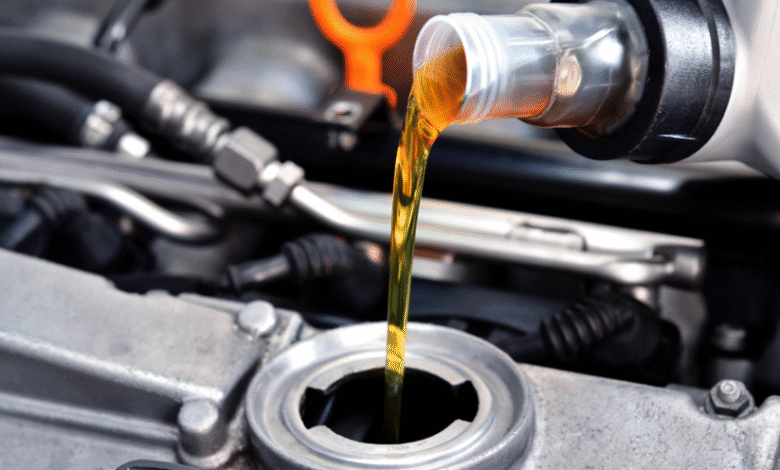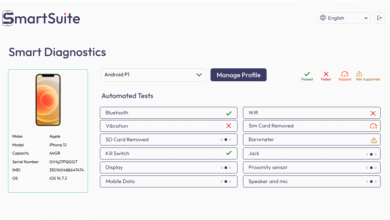Importance of Hydraulic Oil Purification

Introduction to Hydraulic Oil Maintenance
In industrial operations, hydraulic systems are fundamental components that drive heavy machinery, presses, injection molding units, and other critical equipment. One of the most essential elements ensuring the efficient operation of these systems is the quality of hydraulic oil. Over time, this oil accumulates contaminants that can degrade system performance and lead to serious mechanical failures. This is where hydraulic oil purification becomes indispensable.
What is Hydraulic Oil Purification?
Hydraulic oil purification is the process of removing water, particles, sludge, varnish, and other contaminants from hydraulic oil. The primary objective of this process is to extend the life of both the oil and the hydraulic equipment. This purification helps to restore the oil’s original properties and allows it to perform as intended without causing damage to internal components.
Why Contaminants Are Dangerous
Contaminants in hydraulic oil come from various sources, such as the wear and tear of components, ingress of dust or water, or chemical degradation of the oil itself. Solid particles can cause abrasive wear, clog filters, and create blockages. Water contamination can lead to rust and corrosion, while chemical degradation forms sludge and varnish, which decrease the efficiency and reliability of the system. If left unchecked, these contaminants can lead to increased maintenance costs and frequent breakdowns.
Benefits of Using Hydraulic Oil Purification
One of the biggest advantages of hydraulic oil purification hydraulic oil purification is cost savings. Rather than replacing hydraulic oil frequently, purifying it can extend its usable life significantly. Additionally, purified oil improves equipment performance, reduces downtime, and minimizes the risk of sudden failures. The result is increased productivity and reduced maintenance requirements. Furthermore, it also supports environmental sustainability by reducing the frequency of oil disposal.
See also: Editing for Narrative Storytelling: Tools and Techniques
Methods of Hydraulic Oil Purification
There are several methods used in the hydraulic oil purification process, and each serves a specific purpose depending on the type and severity of contamination. Some of the most common methods include:
Filtration
Filtration involves passing the hydraulic oil through fine filters that remove solid particles. Modern systems use multi-stage filtration setups that can capture contaminants as small as one micron in size.
Vacuum Dehydration
Vacuum dehydration is used to remove water and gases from hydraulic oil. The oil is heated and exposed to a vacuum, causing water to evaporate at low temperatures. This method is highly effective in reducing both free and dissolved water.
Centrifugation
Centrifugal separators spin the oil at high speeds to separate contaminants based on their density. Heavier particles move outward while cleaner oil remains at the center. This is particularly useful for removing sludge and metallic particles.
Coalescing
Coalescing technology is designed to remove water by merging small water droplets into larger ones, making it easier to separate them from the oil. This method is efficient and can be used continuously without stopping the machine.
Applications in Various Industries
Hydraulic oil purification is vital across numerous sectors. In manufacturing, it helps maintain the performance of presses and CNC machines. In construction, purified hydraulic oil ensures the smooth functioning of excavators, cranes, and loaders. In aviation and marine industries, it plays a key role in maintaining hydraulic systems under extreme conditions. Even power plants rely on oil purification to keep their turbines and hydraulic circuits clean and efficient.
Selecting the Right Purification System
When choosing a hydraulic oil purification system, several factors should be considered. These include the type of hydraulic oil used, the size and scale of the system, the level of contamination, and operational conditions such as temperature and pressure. Customizable purification systems are available to meet industry-specific needs and can be installed as portable units or fixed installations.
Preventive Maintenance Practices
While purification systems are highly effective, combining them with preventive maintenance practices leads to optimal results. Regular oil sampling and testing, filter replacement schedules, and system inspections can help identify issues early. Using oil analysis tools can also provide valuable data on the condition of hydraulic oil, enabling proactive decisions to be made.
Challenges in Hydraulic Oil Purification
Despite its advantages, hydraulic oil purification has its challenges. Not all contaminants are easy to remove, especially when degradation has advanced. Some purification systems are costly upfront, though they offer long-term savings. There is also the need for trained personnel to operate and maintain these systems effectively. Improper handling during purification could result in contamination re-entry or incomplete cleaning.
Innovations and Future Trends
With growing emphasis on automation and smart manufacturing, hydraulic oil purification is evolving. Today, many systems come equipped with sensors and IoT integration for real-time monitoring and automatic alerts. Artificial intelligence is also being used to predict contamination patterns and optimize purification cycles. The future of hydraulic oil maintenance will likely involve fully automated purification systems that work seamlessly with industrial machines to ensure maximum uptime and minimum human intervention.
Environmental Impact and Sustainability
Hydraulic oil purification is not only beneficial for machinery but also contributes to environmental protection. By reducing the amount of oil waste and decreasing the demand for fresh oil production, the process plays a role in resource conservation. Furthermore, it prevents oil spills and leakage that could otherwise harm ecosystems. More companies are now adopting hydraulic oil purification as part of their green manufacturing strategy.
Conclusion
Hydraulic oil purification is a crucial aspect of modern industry maintenance. It ensures that hydraulic systems run smoothly, efficiently, and reliably over long periods. By removing contaminants from oil, businesses can reduce costs, improve machine life, and enhance operational safety. As technology continues to evolve, purification systems will become more efficient, intelligent, and environmentally friendly. Incorporating these systems into daily operations is a smart investment for any industry that relies on hydraulic machinery.




